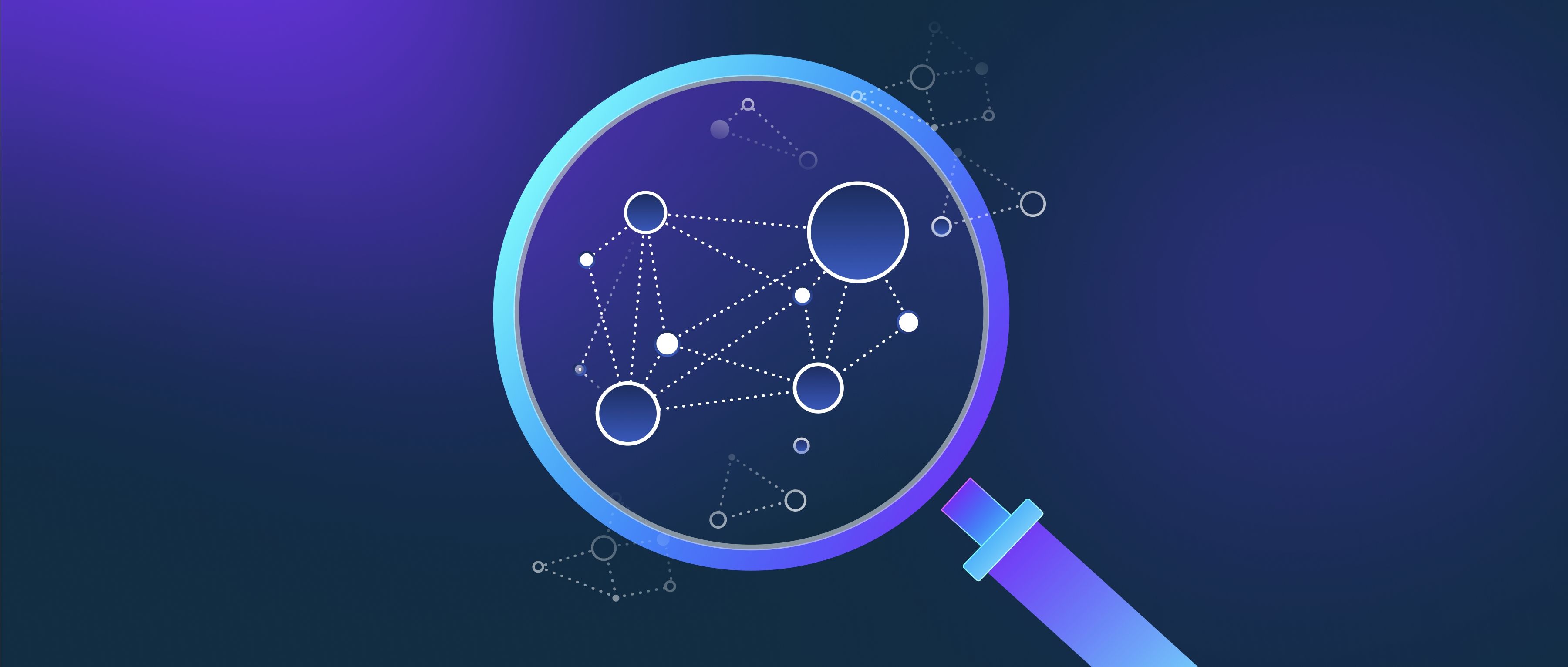Optical Character Recognition (OCR) services are designed to convert different types of documents, such as scanned paper documents, PDF files, or images captured by a digital camera, into editable and searchable data. The primary purpose of OCR is to streamline data entry and processing by automating the conversion of printed text into digital text. This technology is particularly beneficial in reducing the need for manual data entry, which can be time-consuming and prone to errors.
In practical terms, OCR services are used to digitize printed documents, making them easily accessible and storable in electronic formats. This digitization allows for efficient data management, enabling organizations to store vast amounts of information without the physical space constraints of paper documents. Moreover, digital documents can be indexed and searched with ease, enhancing information retrieval processes.
OCR services also play a crucial role in improving accessibility. By converting printed text into digital formats, OCR technology enables the use of screen readers and other assistive technologies, thereby making content accessible to individuals with visual impairments.
Another significant application of OCR is in the automation of business processes. For example, in the financial sector, OCR can be used to automate the processing of checks and invoices. By extracting relevant information from these documents, businesses can expedite transactions and enhance operational efficiency.
Furthermore, OCR technology aids in archival and preservation efforts. Historical documents, books, and newspapers can be digitized and preserved for future generations, ensuring that valuable information is not lost to the degradation of physical media.
Overall, the main purpose of OCR services is to bridge the gap between the physical and digital worlds, enhancing data accessibility, efficiency, and accuracy across various industries. By transforming printed text into digital data, OCR technology facilitates the seamless integration of information into modern digital workflows.
